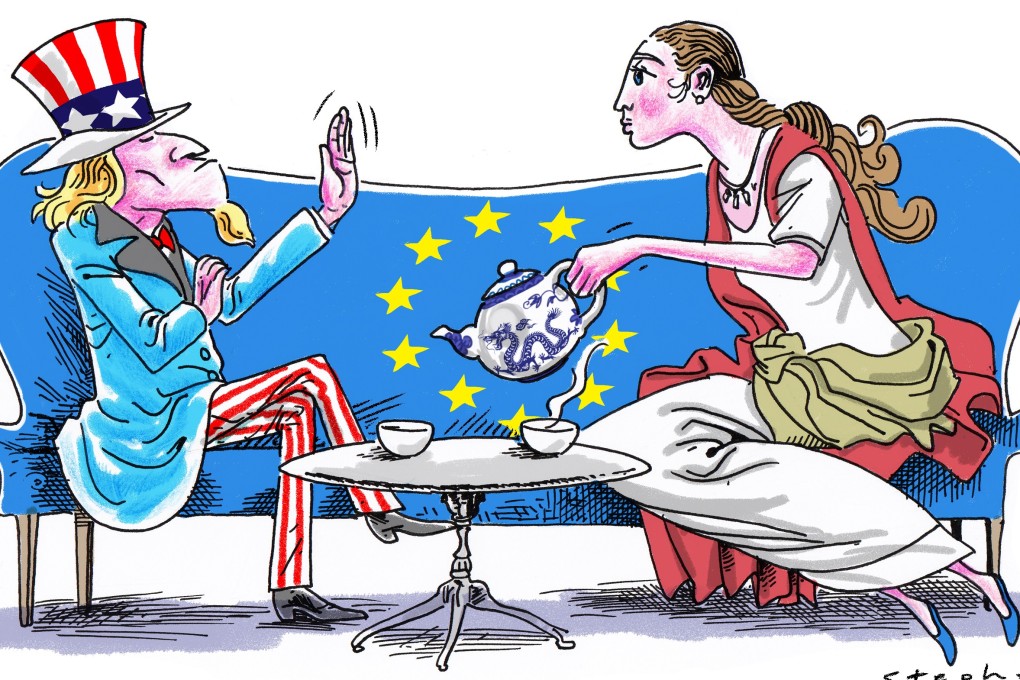Advertisement
Opinion | Italy joining China’s Belt and Road Initiative highlights different approaches of Europe and the US on Asia policy
- While Italy has attracted criticism within Europe for joining China’s Belt and Road Initiative, Chinese President Xi Jinping’s trip to the continent underscores the transatlantic divide over how to deal with rising Asian powers
Reading Time:4 minutes
Why you can trust SCMP

At the annual summer academy for University of Turin students held on the campus of Peking University, about 50 Italian business students spend their days learning Mandarin, studying macroeconomics and interning with Chinese companies.
Advertisement
They call themselves the “Marco Polos of the 21st century”, a giggling nod to the famed 13th-century Venetian explorer. When asked what their career ambitions are, more than a few share the same goal: to be a country manager for China’s ICBC Bank back home in Italy.
This is worth remembering when analysing Chinese President Xi Jinping’s recent state visits in Europe, during which Italy formally became the first G7 country to join China’s monumental Belt and Road Initiative, an ambitious effort to coordinate trillions of dollars of infrastructure investment across the regions of Africa, Europe and Asia historically bound by the Silk Road.
Italy sees itself as a natural gateway for Chinese export ambitions into Europe. Investment from China’s Cosco Shipping rescued Greece’s Piraeus port three years ago, turning it into one of Europe’s fastest growing. According to Germany newspaper Die Zeit, Piraeus will displace Hamburg as Europe’s third-busiest port this year.
No wonder Germany has cast aspersions on Italy’s plans to take loans from the mostly China-funded Asian Infrastructure Investment Bank (AIIB) to develop strategically located Adriatic Sea ports such as Trieste, which is over 300km closer to Munich than Hamburg.
Advertisement

Advertisement

